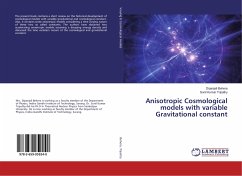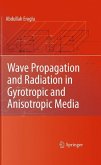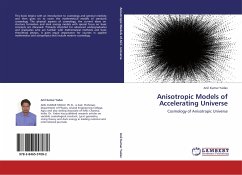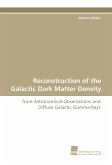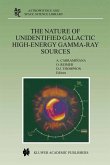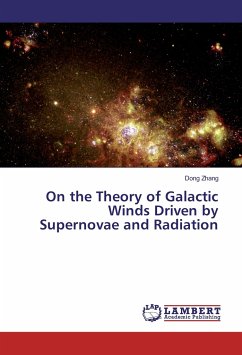The origin of cosmic rays has been intriguing scientists since 1912 when Victor Hess carried out his famous balloon flight to measure the ionization rate in the upper atmosphere. Since then cosmic ray physics brings together physicists from a variety of different fields such as astrophysics, cosmology and particle physics. The increasing amount of available data has enabled us to successfully describe the transport of Galactic cosmic rays in a simple isotropic diffusion picture. However, recent data from the ROSAT satellite indicate that the Milky Way launches significant Galactic winds. Such wind speeds cannot be explained in the context of isotropic diffusion models. In this work an anisotropic transport model, which allows for ROSAT compatible wind velocities and still meets all the constraints from primary and secondary cosmic rays, cosmic clocks and gamma rays, is introduced. Such a model predicts a large bulge over disk ratio in the positron annihilation signal, in agreement with the INTEGRAL observations. Furthermore, the implications of anisotropic Galactic cosmic ray transport for indirect dark matter searches in charged cosmic rays and diffuse gamma rays are discussed.
Bitte wählen Sie Ihr Anliegen aus.
Rechnungen
Retourenschein anfordern
Bestellstatus
Storno


